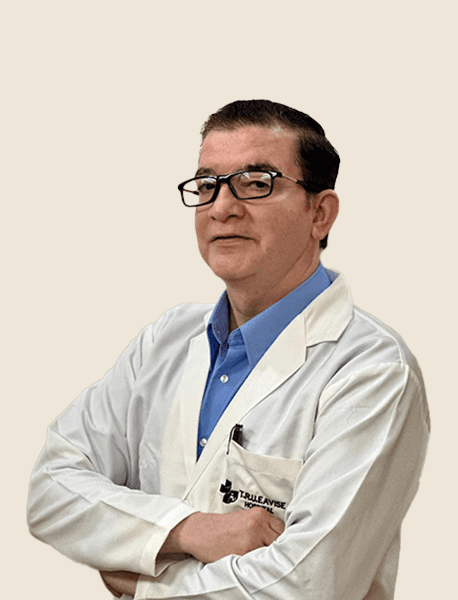Shoulder Replacement
Shoulder replacement surgery is a medical procedure aimed at relieving pain and restoring mobility in a damaged or arthritic shoulder joint. Surgery is typically recommended when non-surgical treatments such as medications, physical therapy, or injections have failed
Best Orthopedic Doctors for Shoulder Replacement Surgery
Best Orthopedic Surgeon in Gurgaon
Dr. Harnam Singh Madan is an internationally trained Orthopaedic Surgeon with a distinguished academic background that includes FIJR, MNAMS, DNB-Orth, D-Orth, MBBS, and DHM, culminating in a NAMS Fellowship in Robotic Joint Replacement (MAKO) and an MBA in Healthcare Management.
He is expert in joint replacement surgeries (THR, TKR), including computer-navigated and robotic-assisted procedures, orthopaedic trauma, deformity correction, and complex bone disorders. He has successfully performed 5,000+ complex surgeries, integrating AI-powered diagnostics.
I believe in personalized care, listening closely to each patient, understanding their unique needs, and partnering with them to create the most effective treatment plan.

Available at: T.R.U.E. Hospitals
Timing: Mon–Sun | ⏰ 24×7 Open
Procedure for Shoulder Replacement Surgery
Shoulder replacement is a complex but highly effective surgery performed under general anaesthesia. The goal is to replace the damaged parts of the shoulder joint with artificial components to relieve pain and restore function. Below is an overview of how the procedure is carried out:
- Pre-Surgical Preparation: The patient is positioned, and the surgical area is sterilised. Anaesthesia is administered to ensure a pain-free experience.
- Accessing the Joint: The surgeon makes an incision in the shoulder and carefully separates the deltoid and pectoral muscles along a safe, nerve-free plane to access the joint. One of the rotator-cuff tendons may be temporarily detached for better visibility.
- Removal of Damaged Components: The arthritic ball (head of the humerus) and worn socket (glenoid) are removed.
- Implant Placement: The damaged joint surfaces are replaced with a metal ball attached to a stem inserted into the humerus and a plastic socket fitted into the shoulder blade. These components may be cemented or press-fit into the bone, depending on bone quality.
- Repair and Closure: After securing the new components, the surgeon repairs the rotator-cuff tendon and closes the incision with sutures or staples. A sterile dressing is applied, and the arm is placed in a sling for support.

Don’t Hesitate To
Contact Us
In urgent situations, you can count on us. Learn more about our emergency services and the specialized care we provide around the clock.

Call Us - 9220472227
FAQ About Shoulder Replacement Surgery
Who is a good candidate for shoulder replacement?
You may be a candidate if you have severe shoulder arthritis, chronic pain, limited range of motion, or complex fractures that haven’t improved with conservative treatments like physical therapy or medications.
How long does the surgery take?
Shoulder replacement surgery typically takes 1 to 3 hours, depending on the type of procedure and the patient’s specific condition.
What is the recovery time after shoulder replacement?
Recovery varies, but most patients return to light activities within 6 weeks. Full recovery and return to normal function typically take 3 to 6 months, including physical therapy.
Are there any risks associated with the surgery?
As with any surgery, there are risks, including infection, nerve injury, implant loosening, stiffness, or blood clots. However, these are relatively rare, and most patients have successful outcomes.
Will I regain full movement of my shoulder?
Most patients regain significant movement and experience pain relief, but full range of motion may not always return, especially if the rotator cuff is also damaged.


